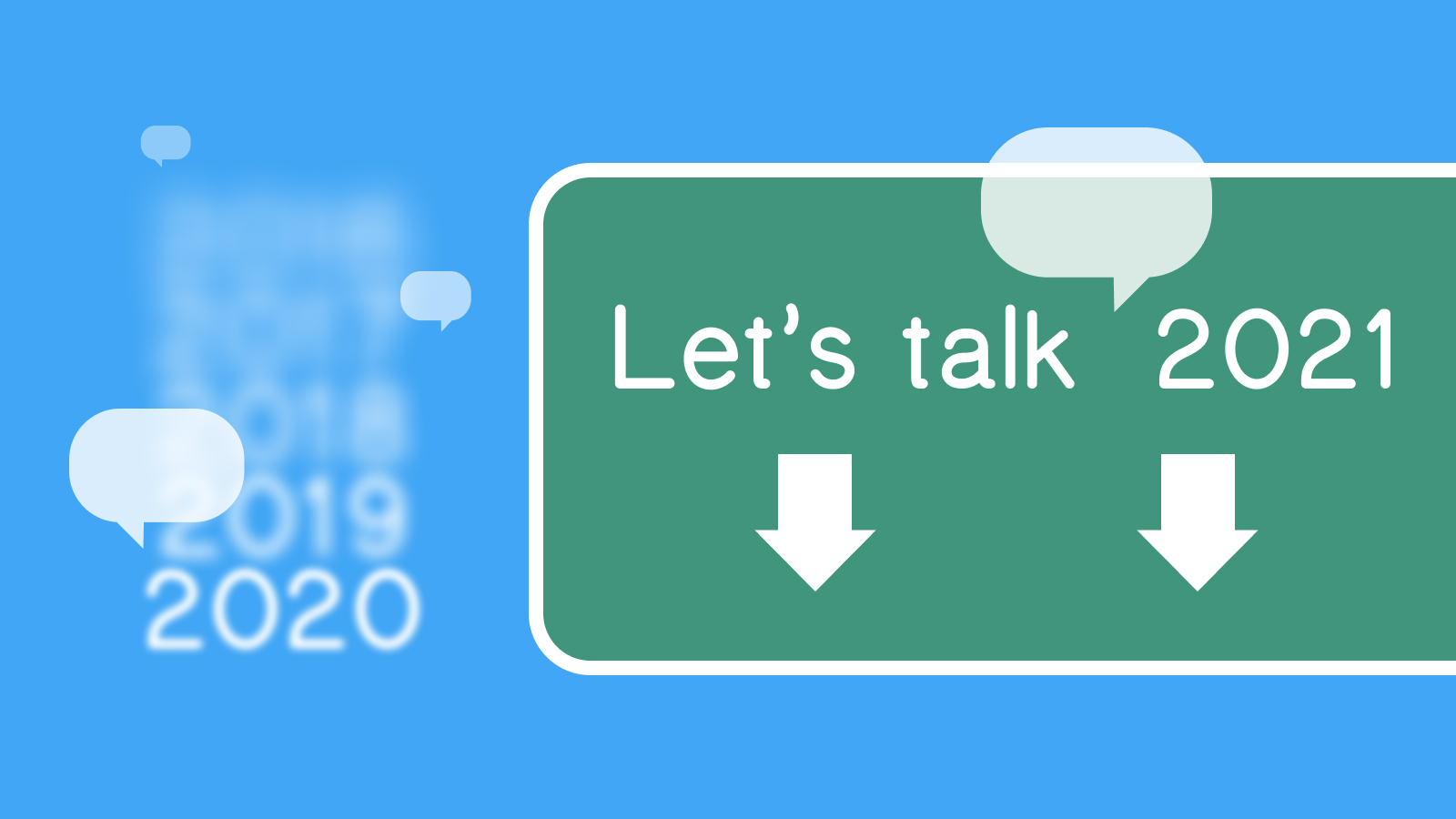Product Design
Communication and meeting client expectations

This is the first post in a series I'll be doing on the product design process, starting with communication and meeting client expectations.
Product design is complex but it doesn't have to be difficult or painful, with plenty of communication you can set yourself up for success.
Meeting client (or your teams) expectations is a large part of delivering successfully on a brief, and to meet those expectations we should start out by asking as many questions as possible; this will help us to effectively align ourselves as a team to product requirements, business goals, and discuss why changes to the brief or designs may be needed as we go.
So what questions?
I like to ask questions that dig into what the client's business goals are, how the team works, and what work has already been done; this helps to make sure we are on the same page and gives us a good base to build the right product. It also allows me to remove as many assumptions from my process as possible, we want to shine a light on areas that may be overlooked and avoid surprises down the track.
The questions below cover topics that aren't always brought up in a briefing, they'll change depending on the team, the project, and what state the brief is in but give a rough example of the type of questions I ask before making a start.
- What is the history of the project to date? - There may be failed iterations, false starts, you don't want to repeat the past.
- Have there been others that have worked on the project and what was their involvement?
- Is there existing market, product, and/or user research to refer back to? This includes personas or target demographic information. - This may heavily impact the accessibility and user testing you need to consider. More research may need to be done.
- Do you have an outline of business goals and key targets that are trying to be achieved with the new product/changes? - The answers to this will help the team to confidently discuss proposed designs solutions in a tangible way.
- What do you see as your Unique Value Proposition, what makes you different? - Knowing this will help to keep the team focussed on building what matters, are you contributing to or steering away from your UVP?.
- How and where does this project sit within the existing product/business? - Does the proposed solution make sense? Do we need to investigate a better approach?
- What software do you use? Across leadership, design, development etc, is everyone comfortable with this?
- Are there existing designs or design assets?
- Is there a current design system or library? Should one be introduced or can it be bespoke?
- What are the development team expecting? How pixel perfect do designs need to be? Do we want design flats, components, or an interactive prototype? How much annotation is expected?
- Do you have a current way of working, ie. sprints ?
- Do you have a timeline with agreed planning, design, development, and launch dates etc? If not let's make one.
- Do you have a current sign-off process for deciding that a piece of work is ready to move to the next phase? If not let's agree on one.
This isn't comprehensive but hopefully what I've listed above will inspire you to think up more questions relevant to your own projects. The most successful projects I've worked on have had a minimal number of surprises, the aim is to have valuable conversations early.
Round up and what's up next
Effective communication is more than deciding what chat software to use or having lots of meetings, it's about gathering and sharing knowledge. When a team is communicating effectively, working from the same playbook, and checking in regularly the expectations will be met by default, bumps in the road can be smoothed out as you go. I've found that in my own process, a 10–15 minute daily check-in is enough to keep the team aligned, it's short enough to hold focus but long enough to do a quick show and tell if needed, this is something I'll dive into deeper in a further post.
Asking questions is something we all need to get used to, we can be fearful of them making us look inexperienced or nosey when in reality the answers they give us help us do our jobs to the best of our ability.
Up next I'm going to be continuing the theme of communication with 'Be transparent, discuss your process', and moving onto 'Scope and what makes a good brief' and finishing with 'Milestones and setting timelines'. If you'd like to add to what I've written above, or have thoughts on what you'd like to see covered in any of my upcoming posts, leave a comment below.